选择热点
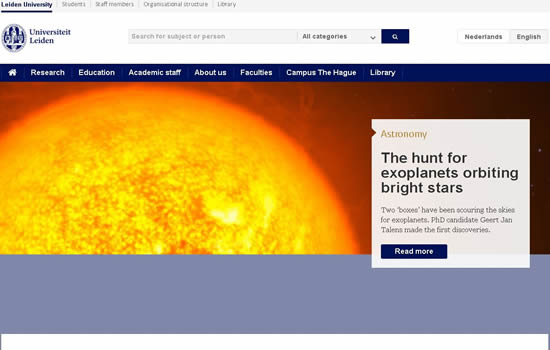 荷兰莱顿大学
荷兰莱顿大学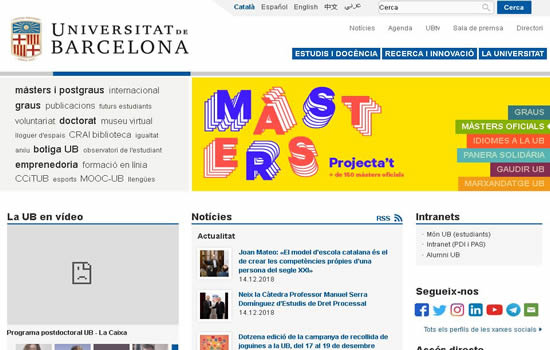 西班牙巴塞罗那大学
西班牙巴塞罗那大学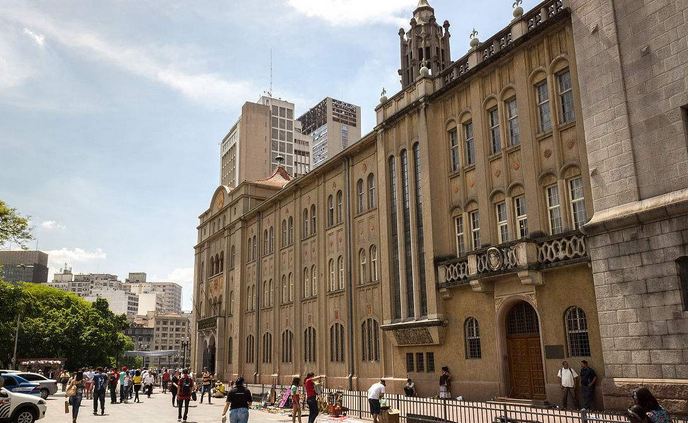 巴西圣保罗大学 University of Sao Paulo, Brazil
巴西圣保罗大学 University of Sao Paulo, Brazil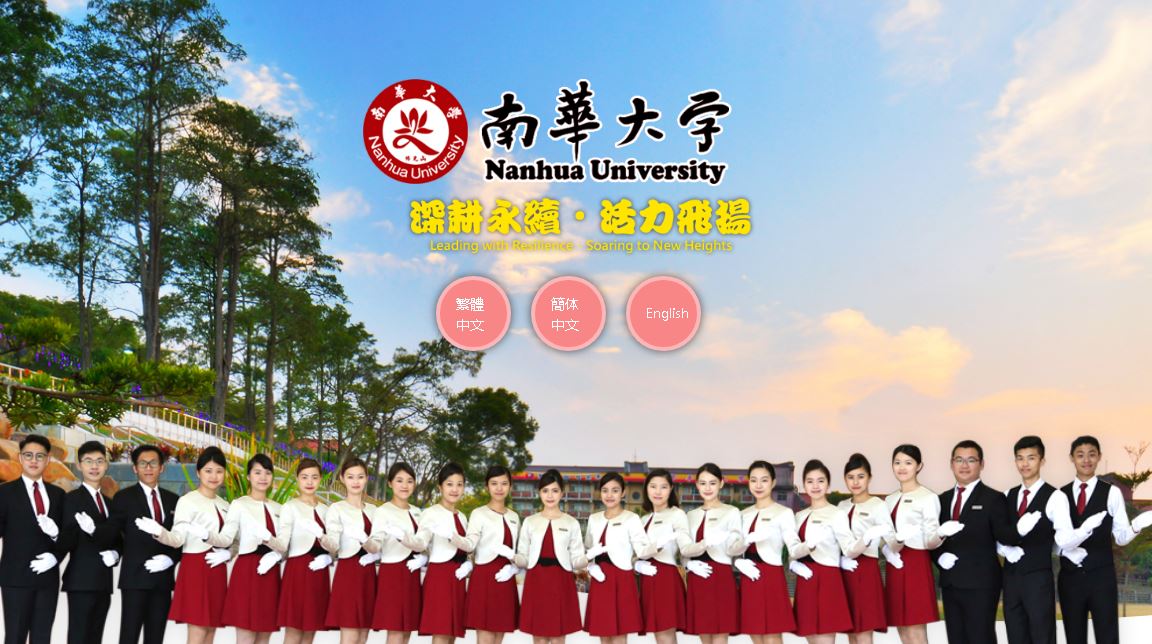 台湾南华大学 University of South China in Taiwan
台湾南华大学 University of South China in Taiwan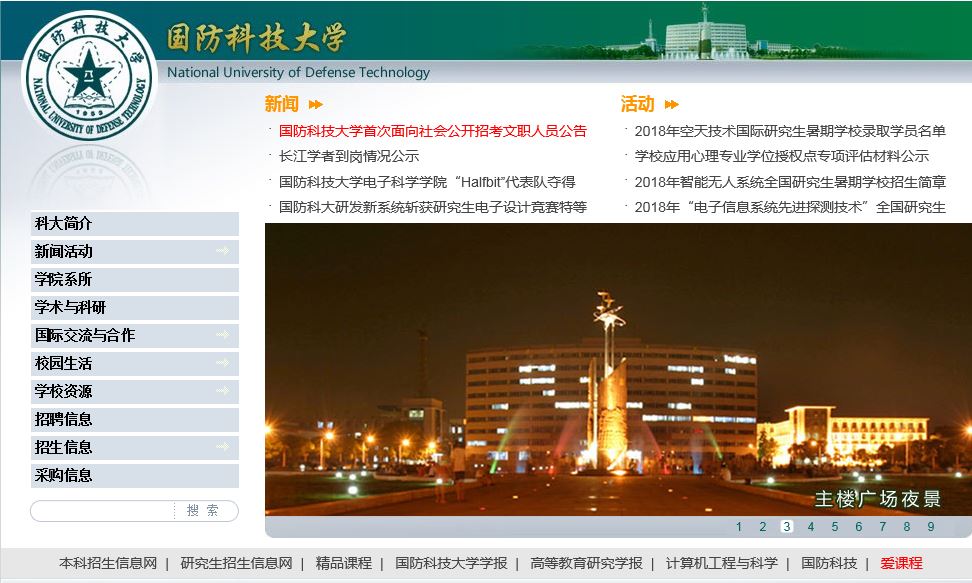 科技大学 National University of Defense Technology
科技大学 National University of Defense Technology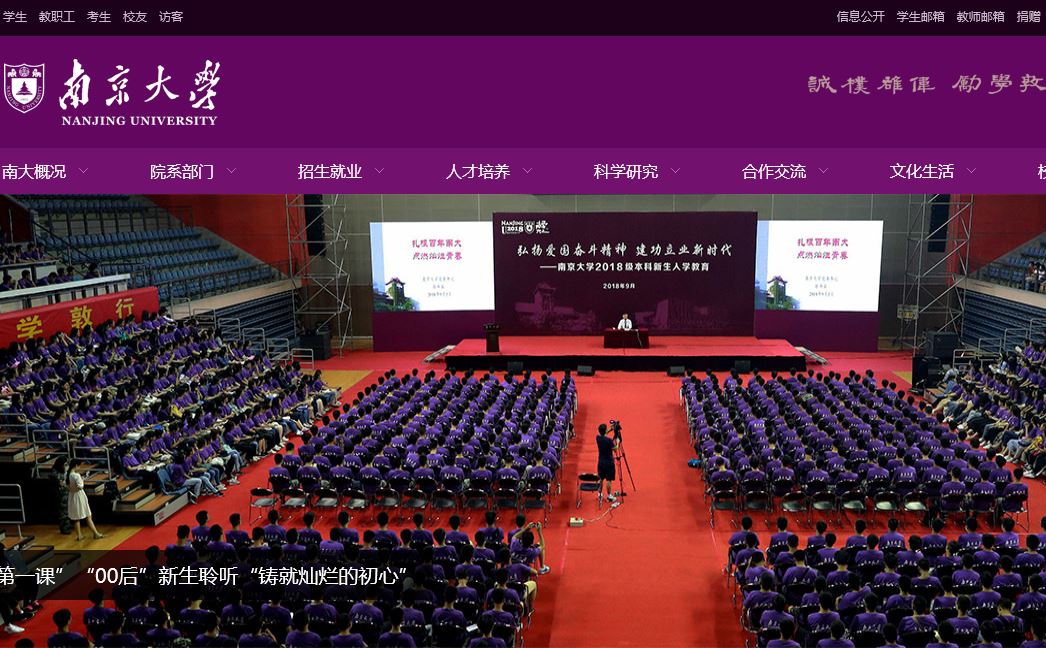 南京大学 Nanjing University
南京大学 Nanjing University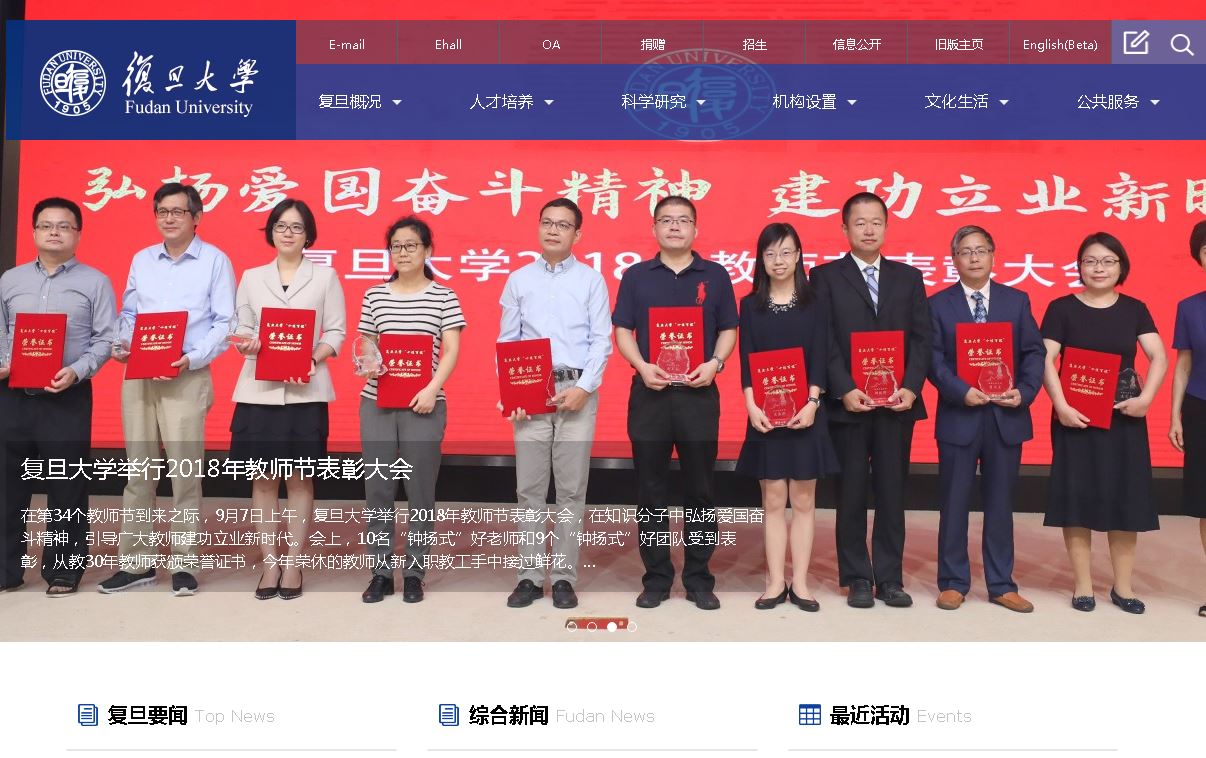 上海复旦大学 Fudan University
上海复旦大学 Fudan University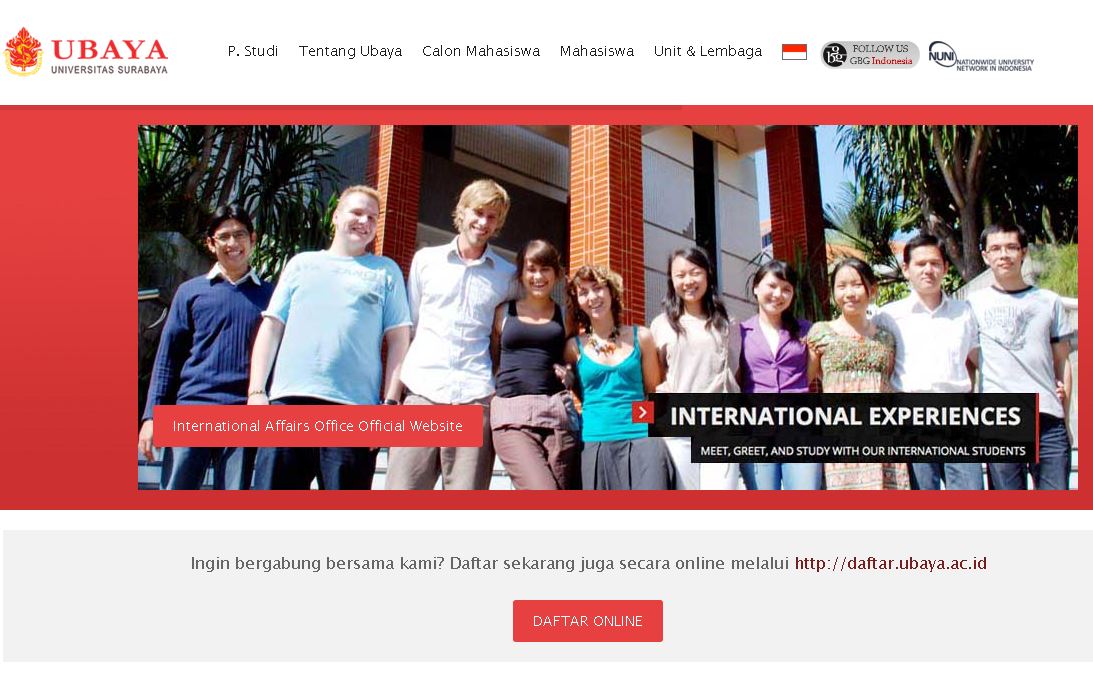 泗水大学(Ubaya)
泗水大学(Ubaya)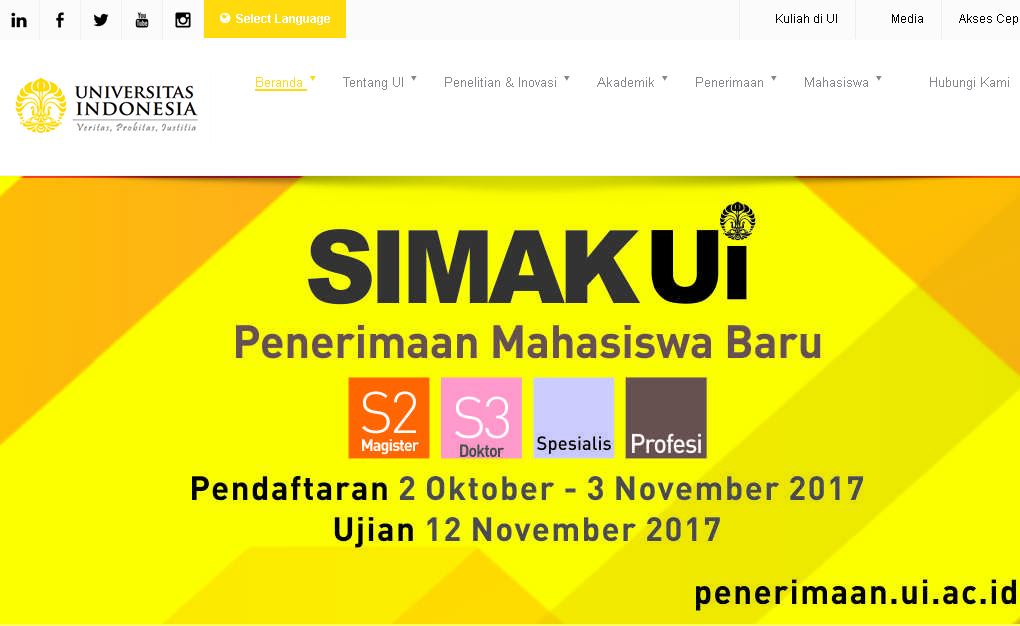 印尼大学 universitas indonesia
印尼大学 universitas indonesia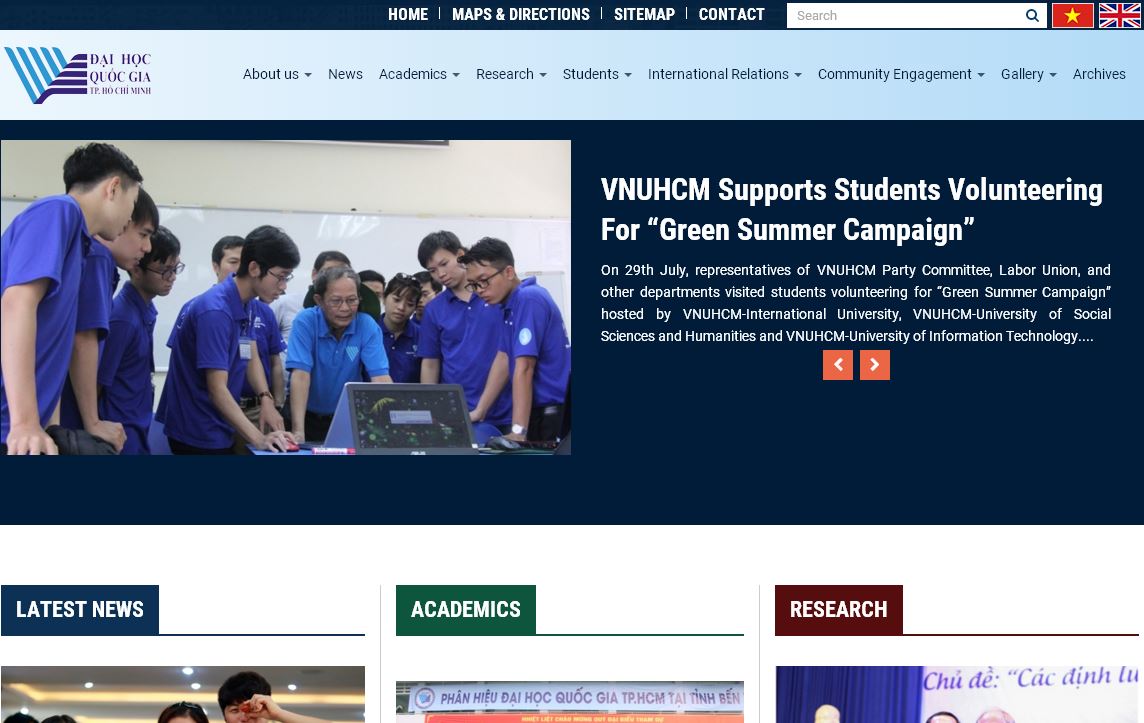 越南某大学 Vietnam National University
越南某大学 Vietnam National University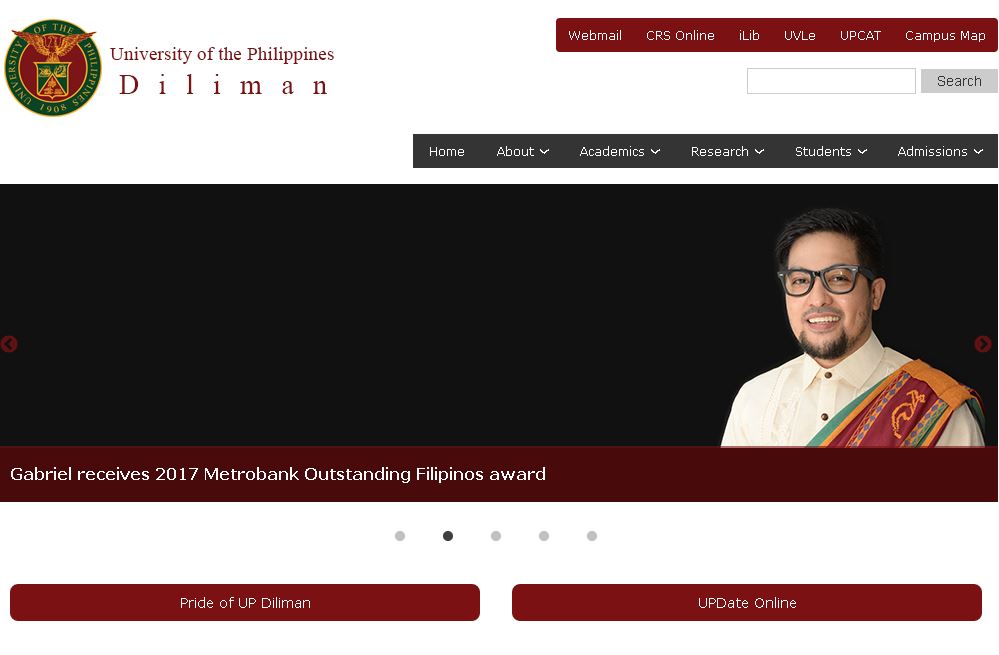 菲律宾大学 University Of The Philippines
菲律宾大学 University Of The Philippines
河南发现世界现存最早铸币作坊
发布时间:2025-01-06
来源:大学网站
Systematic AMS radiocarbon-dating indicates that coin production at Guanzhuang in Xingyang of Central China's Henan province began around 640–550 BC, making Guanzhuang the world's oldest-known and securely dated minting site, according to the latest findings unveiled on Antiquity, an international journal of archaeology, by a team of archaeologists mainly from Zhengzhou University recently, said a source from the School of History of Zhengzhou University on August 8.
8月8日,记者从郑州大学历史学院获悉,郑州大学考古团队近日在国际考古刊物 古物 上发布了一项最新考古研究成果:经过精确的碳14测年,确认河南荥阳官庄遗址是目前发现的世界现存年代最早的铸币作坊。
An illustration of the spade coins at Guanzhuang minting site.
[Photo provided to Henan Daily]4 types of remains related to the production of spade coins were identified at Guanzhuang bronze foundry, including finished hollow-handle spade coins (kongshoubu), unused and used clay cores and outer moulds, among which the clay core is the direct proof of standardized coin production at the foundry.
A total of 54 unused and discarded clay cores for casting the hollow handle of spade coins were recovered from 9 deposition units.
According to the CT images, the 54 clay cores were the same as those still embedded in the sockets of the coin handles recovered at the site, thus proving that the Guanzhuang foundry was the minting site.
郑州大学考古团队在官庄铸铜作坊的田野发掘过程中,辨识出了4类与布币铸造相关的遗存,包括空首布成品、尚未使用的芯范、已使用的芯范以及外范。
其中最能直接表明官庄铸铜作坊生产制式化金属货币的遗存是空首布的芯范。
共在9个堆积单位中发现了54枚芯范,可分为尚未使用和使用后废弃的两种。
根据对空首布成品的CT影像观察,这些芯范与遗址中所出土的2枚空首布成品銎内所嵌留的芯范完全一致,由此确定这些成品布币就是在官庄遗址生产的。
To determine the absolute date of the Guanzhuang mint, a series of deposition units were selected for radiocarbon-dating.
Besides, charred seeds of foxtail millet (Setaria italica) and small pieces of charcoal collected were also submitted for AMS radiocarbon-dating.
The analysis of all samples by Beta Analytic Inc indicated that bronze production at Guanzhuang started between 814 and 750 BC.
During the next 150 years, the foundry produced predominantly ritual vessels, weapons and chariot fittings.
Standardized coins minting occurred between 640 BC and 550 BC at the site, while its bronze production kept going.
Currently, Guanzhuang is considered as the oldest-known minting site determined by robust radiocarbon dating in the world.
在此次研究中,郑州大学考古团队选择遗址中浮选的小米作为测年样品,并通过选取连续堆积单位样品提高测年精度。
样品经由美国贝塔年代学实验室测定,确认官庄的铸铜生产活动大致开始于公元前814年至公元前750年之间。
在此后的约150年内,该作坊主要集中生产青铜礼器、兵器、车马器等产品。
官庄作坊的铸币生产活动发生在公元前640年至公元前550年之间,作坊在继续进行青铜礼器、兵器等产品生产的同时,开始出现了制式化金属货币的铸造活动。
这一数据首次提供了有关中国早期铸币遗址的绝对年代信息,也使官庄遗址成为经碳14检测确认的世界上现存最古老的铸币作坊遗址。
Guanzhuang mint is located at Guanzhuang village of Gaocun town in Xingyang city.
Approved by the State Administration of Cultural Heritage, the School of History of Zhengzhou University, together with the Zhengzhou Institute of Cultural Relics and Archaeology and the Xingyang Heritage Conservation and Management Center, carried out systematic archaeological exploration and excavation at Guangzhuang, discovering a large craft-production zone with workshops of bronze, ceramic and bone artifacts.
The bronze foundry occupied the largest area among them.
In 2019, the craft-production remains at Guanzhuang during the Zhou and Han dynasties reached the final stage of selection for the top 10 national archaeological discoveries in 2018.
据了解,官庄遗址位于河南省荥阳市高村乡官庄村。
经国家文物局批准,郑州大学历史学院联合郑州市文物考古研究院、荥阳市文物保护管理中心在遗址内进行了系统勘探和发掘,发现了大面积的手工业作坊区,作坊内的手工业活动涉及铸铜、制陶、制骨等多种类型。
其中,铸铜作坊的面积最大。
2019年,官庄遗址两周及汉代手工业作坊遗存入围2018年全国十大考古新发现终评。
(中文来源/河南日报 翻译/赵汉青 海报/实习生王君艺 审校/丁岚)【河南发现世界现存最早铸币作坊查看网站:[db:时间]】
8月8日,记者从郑州大学历史学院获悉,郑州大学考古团队近日在国际考古刊物 古物 上发布了一项最新考古研究成果:经过精确的碳14测年,确认河南荥阳官庄遗址是目前发现的世界现存年代最早的铸币作坊。
An illustration of the spade coins at Guanzhuang minting site.
[Photo provided to Henan Daily]4 types of remains related to the production of spade coins were identified at Guanzhuang bronze foundry, including finished hollow-handle spade coins (kongshoubu), unused and used clay cores and outer moulds, among which the clay core is the direct proof of standardized coin production at the foundry.
A total of 54 unused and discarded clay cores for casting the hollow handle of spade coins were recovered from 9 deposition units.
According to the CT images, the 54 clay cores were the same as those still embedded in the sockets of the coin handles recovered at the site, thus proving that the Guanzhuang foundry was the minting site.
郑州大学考古团队在官庄铸铜作坊的田野发掘过程中,辨识出了4类与布币铸造相关的遗存,包括空首布成品、尚未使用的芯范、已使用的芯范以及外范。
其中最能直接表明官庄铸铜作坊生产制式化金属货币的遗存是空首布的芯范。
共在9个堆积单位中发现了54枚芯范,可分为尚未使用和使用后废弃的两种。
根据对空首布成品的CT影像观察,这些芯范与遗址中所出土的2枚空首布成品銎内所嵌留的芯范完全一致,由此确定这些成品布币就是在官庄遗址生产的。
To determine the absolute date of the Guanzhuang mint, a series of deposition units were selected for radiocarbon-dating.
Besides, charred seeds of foxtail millet (Setaria italica) and small pieces of charcoal collected were also submitted for AMS radiocarbon-dating.
The analysis of all samples by Beta Analytic Inc indicated that bronze production at Guanzhuang started between 814 and 750 BC.
During the next 150 years, the foundry produced predominantly ritual vessels, weapons and chariot fittings.
Standardized coins minting occurred between 640 BC and 550 BC at the site, while its bronze production kept going.
Currently, Guanzhuang is considered as the oldest-known minting site determined by robust radiocarbon dating in the world.
在此次研究中,郑州大学考古团队选择遗址中浮选的小米作为测年样品,并通过选取连续堆积单位样品提高测年精度。
样品经由美国贝塔年代学实验室测定,确认官庄的铸铜生产活动大致开始于公元前814年至公元前750年之间。
在此后的约150年内,该作坊主要集中生产青铜礼器、兵器、车马器等产品。
官庄作坊的铸币生产活动发生在公元前640年至公元前550年之间,作坊在继续进行青铜礼器、兵器等产品生产的同时,开始出现了制式化金属货币的铸造活动。
这一数据首次提供了有关中国早期铸币遗址的绝对年代信息,也使官庄遗址成为经碳14检测确认的世界上现存最古老的铸币作坊遗址。
Guanzhuang mint is located at Guanzhuang village of Gaocun town in Xingyang city.
Approved by the State Administration of Cultural Heritage, the School of History of Zhengzhou University, together with the Zhengzhou Institute of Cultural Relics and Archaeology and the Xingyang Heritage Conservation and Management Center, carried out systematic archaeological exploration and excavation at Guangzhuang, discovering a large craft-production zone with workshops of bronze, ceramic and bone artifacts.
The bronze foundry occupied the largest area among them.
In 2019, the craft-production remains at Guanzhuang during the Zhou and Han dynasties reached the final stage of selection for the top 10 national archaeological discoveries in 2018.
据了解,官庄遗址位于河南省荥阳市高村乡官庄村。
经国家文物局批准,郑州大学历史学院联合郑州市文物考古研究院、荥阳市文物保护管理中心在遗址内进行了系统勘探和发掘,发现了大面积的手工业作坊区,作坊内的手工业活动涉及铸铜、制陶、制骨等多种类型。
其中,铸铜作坊的面积最大。
2019年,官庄遗址两周及汉代手工业作坊遗存入围2018年全国十大考古新发现终评。
(中文来源/河南日报 翻译/赵汉青 海报/实习生王君艺 审校/丁岚)【河南发现世界现存最早铸币作坊查看网站:[db:时间]】
- 上一篇: 猫咪可能比你想象的更爱你
- 下一篇: 苹果将检查iCloud照片
相关阅读
目录列表
资讯列表
英语资讯


共0条评论
网友评论温馨提示:您的评论需要经过审核才能显示,请文明发言!